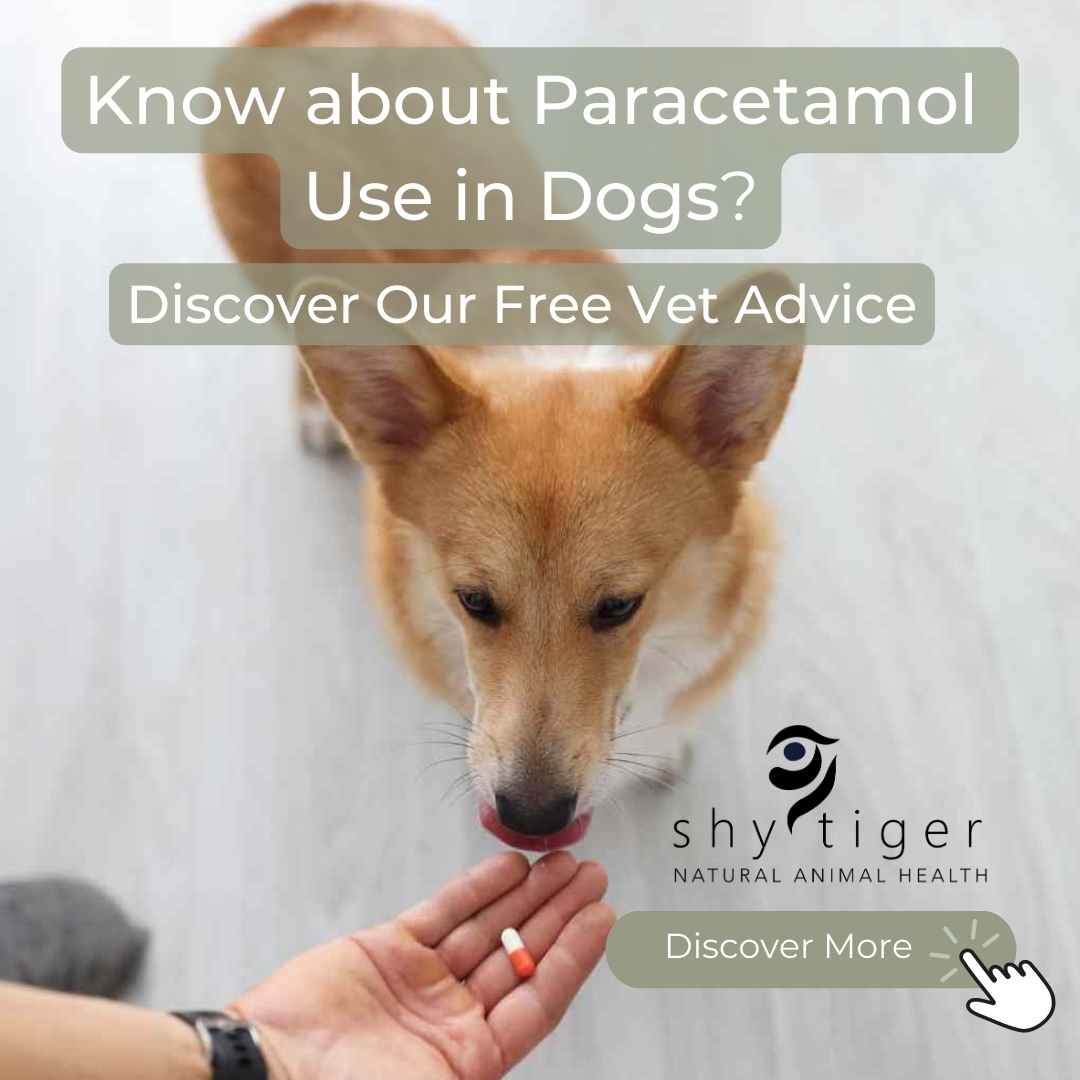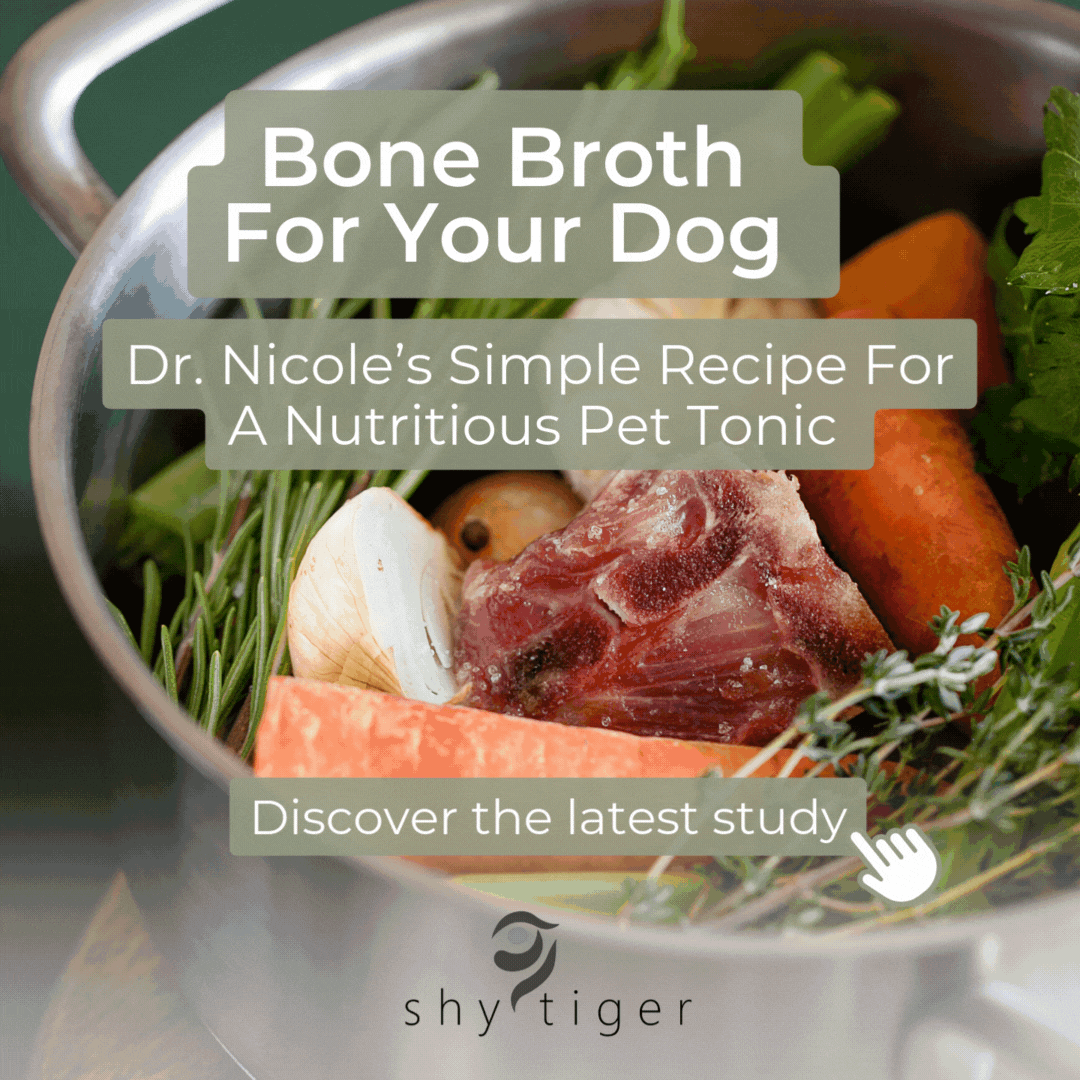Paracetamol Use in Dogs

As a dedicated veterinarian, my philosophy is rooted in integrated health. I constantly strive to lean towards natural solutions, but I'm also acutely aware of the significant role pharmaceutical drugs can play when needed.
A recent study piqued my interest, and I believe it could bring some relief to pet parents currently grappling with the financial strains caused by inflation and interest rates. The study highlighted the potential use of an everyday medication - paracetamol, for pain relief in dogs. This article aims to offer comfort to many by presenting an economical option for pet care. However, I cannot stress enough the importance of consulting with your vet before administering any medication, including paracetamol, to safeguard against any underlying conditions or potential risks that could affect your pet.
The study, titled "Current perceptions and use of paracetamol in dogs among veterinary surgeons working in the United Kingdom," explores the perceptions and use of paracetamol (also known as acetaminophen) in dogs by UK veterinarians. You can access the full study here for an in-depth look at the research and findings.
Paracetamol: A Preferred First-line Drug

Paracetamol is widely recommended as a first-line drug in managing pain and fever in humans due to its minimal gastrointestinal, renal, and vascular side effects. The study sought to understand how this drug is perceived and used by veterinarians, especially for our four-legged friends.
The Study and Its Findings
The research involved an online survey completed by veterinarians, inquiring about their career history, previous paracetamol use, and personal perceptions of its use in dogs. Out of 450 veterinarians who participated in the survey, the majority reported using paracetamol 1-3 times a week, with oral dosing being the most common administration route.
Interestingly, paracetamol was predominantly used to provide analgesia (pain relief) rather than for treating fever. It was often used as an alternative to Non-Steroidal Anti-Inflammatory Drugs (NSAIDs) or as part of multimodal analgesia (a comprehensive approach to pain management using multiple analgesic medications and techniques).
The study also revealed that most veterinarians perceived a low risk of side effects from paracetamol, believing that if side effects did occur, they would likely be mild. Only 5% of respondents reported experiencing side effects, with gastrointestinal signs and hepatotoxicity (liver damage) being the most common.
Shifting Perceptions

One of the most significant findings of the study was the changing perceptions of paracetamol use among veterinarians. Most have shifted their views over the last decade, now associating paracetamol with fewer side effects and more effective analgesic and antipyretic effects than they previously believed.
This change in perception is a positive step in veterinary medicine, as it allows us to provide effective pain management for our pets with minimal side effects. However, as with all medications, it's essential to use paracetamol responsibly and under the guidance of a veterinarian.
Towards a Brighter, Pain-free Future for Our Pets
At Shy Tiger, our mission is to help pets live their best lives by providing them with safe, effective, and high-quality natural products. We believe in the power of nature's finest ingredients and are committed to creating the best natural products for pets.
Although paracetamol is not a natural product, its use in veterinary medicine and the changing perceptions of its use among veterinarians align with our ethos of providing the best possible care for our pets. We celebrate advancements in veterinary medicine that contribute to our pets' well-being and continue to stay abreast of the latest research and studies in this field.

For those who are keen on essential solutions, we highly recommend our Pet First Aid Kit. This ensures you're equipped for any emergency situation and it makes an excellent addition to your pet care arsenal, offering peace of mind and effective solutions when you need them most.
As always, please reach out if you have any concerns or questions about your pet's health. We're here to help your pets live their best, happiest, and healthiest lives.




Leave a comment